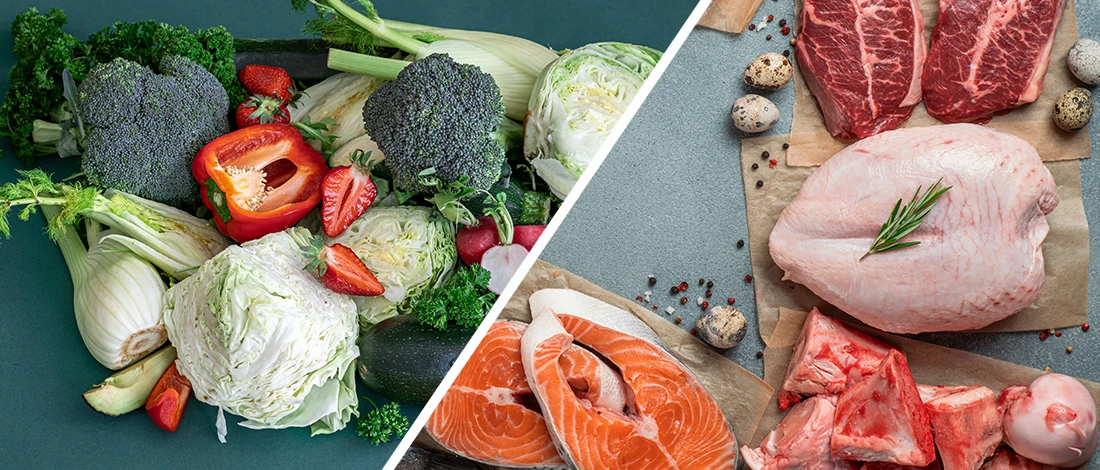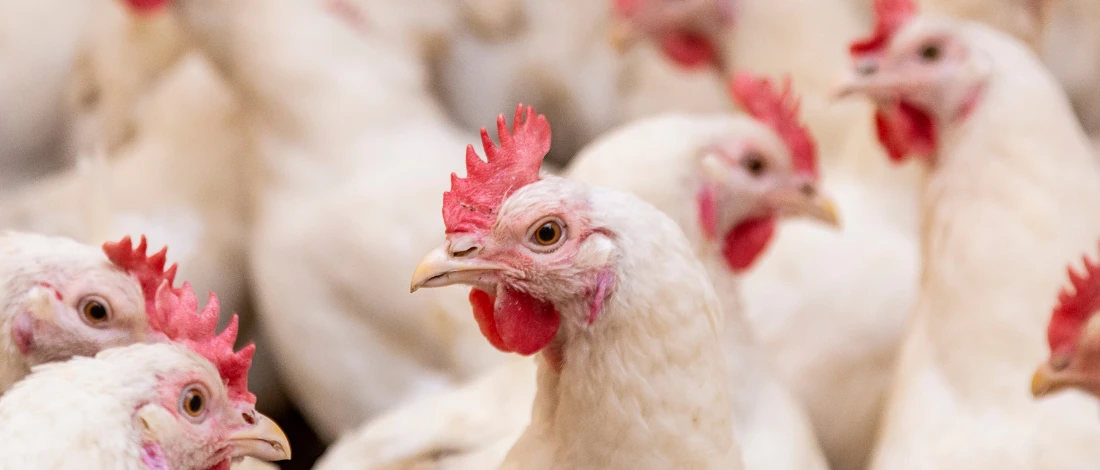I have been on a carnivore diet for years, and counting macros has always been a part of my journey.
At Carnivore Style, we know that understanding your macros is key to optimizing your diet and achieving your health goals.
It helps me understand where the calories come from and how they affect my body.
To get there, I had to solicit the help of my dietitian and scour through research to learn all the ins and outs.
The information I gathered is discussed in this article.
Keep on reading.
Quick Summary
- Calculating macros in a carnivore diet helps optimize the macronutrient ratio for individual needs.
- Tracking your macros using a notebook and a pen helps you memorize your standard macros faster than mobile apps.
- You should ingest enough animal fat to avoid falling into rabbit starvation.
- We've rounded up the best companies that ship meat where you can purchase toxin and antibiotic-free meats.
Macro Percentages

Macro tracking measures the number of grams of protein, carbohydrates, the fat you take in a day and the proportions in which you take them.
The animal-based diet excludes practically all carbohydrates, including those from plant foods, making it a form of a keto diet.
Eating high-fat carnivore foods that fit your keto macro ratios, like any other ketogenic diet, is vital for lowering the possibilities of adverse effects.
This is particularly true when transitioning from a standard diet to organ meats.
How to Track Carnivore Diet Macros?

You should track carnivore diet macros by using similar percentages as conventional keto.
These are the ratios: 70-80% of calories come from fat, protein accounts for 15-30% of total calories, and carbohydrate calories range from 0 to 10%.
Tracking your carnivore macros, especially in writing, will:
- Set you for long-term success.
- Commit typical macros to memory faster than using an app.
- Make room for intuitive eating.
Choose your optimal macronutrient ratio and then incorporate carnivore foods in your macros.
It works similarly to the If It Fits Your Macros (IIFYM) technique, except you only choose animal foods (rather than everything you desire, even junk food) and include them in your daily macros.
Here are several macronutrient splits that you may explore on a meat-only diet:
- Zero carbs: 0% carbs, 20-65% protein, and 40% to 85% fat
- Low-carb diet: 10-25% carbohydrates, 45-50% protein, and 35-50% fat
- Moderate carbohydrate: 25-40% carbohydrates, 30-45% protein, and 35-40% fat
- High-carbohydrate diet: 40-65% carbohydrates, 25-40% protein, and 20-35% fat
These micronutrient splits are just examples. I usually play around with my macros in the carnivore diet to try out new and different percentages, but I avoid eating too much protein, which may lead to protein poisoning.
"I aim for 1.5-2g of fat per gram of protein in my daily diet. I aim for about.8g of protein per pound of lean body weight every day. As a 170-pound man, this equates to around 140g of protein and 230-280g of fat per day!"
- Paul Saladino, MD
You may assume that following an only-meat diet inherently implies that your macronutrients would exclusively consist of protein and fat, but this is not always the case.
You can consume animal carb forms such as honey, raw milk, yogurt, or other dairy products.
Most people do not adhere to a strict carnivore diet, instead opting for animal-based diets that incorporate fruit. If becoming a pure carnivore isn't vital to you, that's another alternative.
Benefits of Tracking Macros on Carnivore Diet

Counting macronutrients can be beneficial on a carnivorous diet.
- You can fall into rabbit starvation when you only eat lean cuts of meat and don't ingest enough fat. Macro tracking may help avoid this. It can assist you in ensuring that you eat enough fat and lose weight the right way.
- Tracking becomes vital if you aim to grow muscle mass and have a specific protein objective for the day, even if you simply track this one component.
- Tracking may help you remain under your intended limits if you wish to incorporate any animal sources of carbohydrates, such as honey or unpasteurized milk.
- If you want to follow a keto and strive for a 75% to 90% fat meal, you must keep track of your intake to ensure you're getting sufficient fat and not overeating protein.
Best Way to Add Fat to Your Carnivore Diet Macros
Healthy keto animal fats are the foundation of a well-planned carnivore diet.
The following fatty mainstays will help you reach your macronutrient targets on a carnivorous diet:
- Butter
- Lard
- Tallow
- Eggs
- Carnivore cheese
- Bacon and pork belly
- Fatty meats, ideally from grass-fed animals
FAQs
What Should Your Macros Be on A Carnivore Diet?
Your macros on a carnivore diet should be 70-85% fat, 15-25% protein, and 0-10% carbs.
Should You Count Macros On A Carnivore Diet?
Yes, you should count your macros on a carnivore diet. It will help you eat the right amount of fat, proteins, and carbohydrates required in the diet.
Do Calories Matter in the Carnivore Diet?
No. Calories don't really matter in the carnivore diet. However, you should meet your daily calorie intake, which is 2200 for women, and 3200 for men [1].
What Should My Macros Be for a High Protein Carnivore Diet?
For a high-protein carnivore diet, your macros should be 205g of fat, 135g of protein, and less than 10% of carbohydrates.
When to Track Macros on a Carnivore Diet?
You should track macros on a carnivore diet if you have particular or time-sensitive objectives related to a medical condition, need to break through a plateau or a break in a fat-loss journey, or you want to fine-tune your weight loss and get faster results.
At Carnivore Style, we want to help you navigate the science behind your diet for better results. Check out our other guides for more insights on how to fine-tune your carnivore lifestyle.
References:
- https://www.healthline.com/nutrition/how-many-calories-per-day







